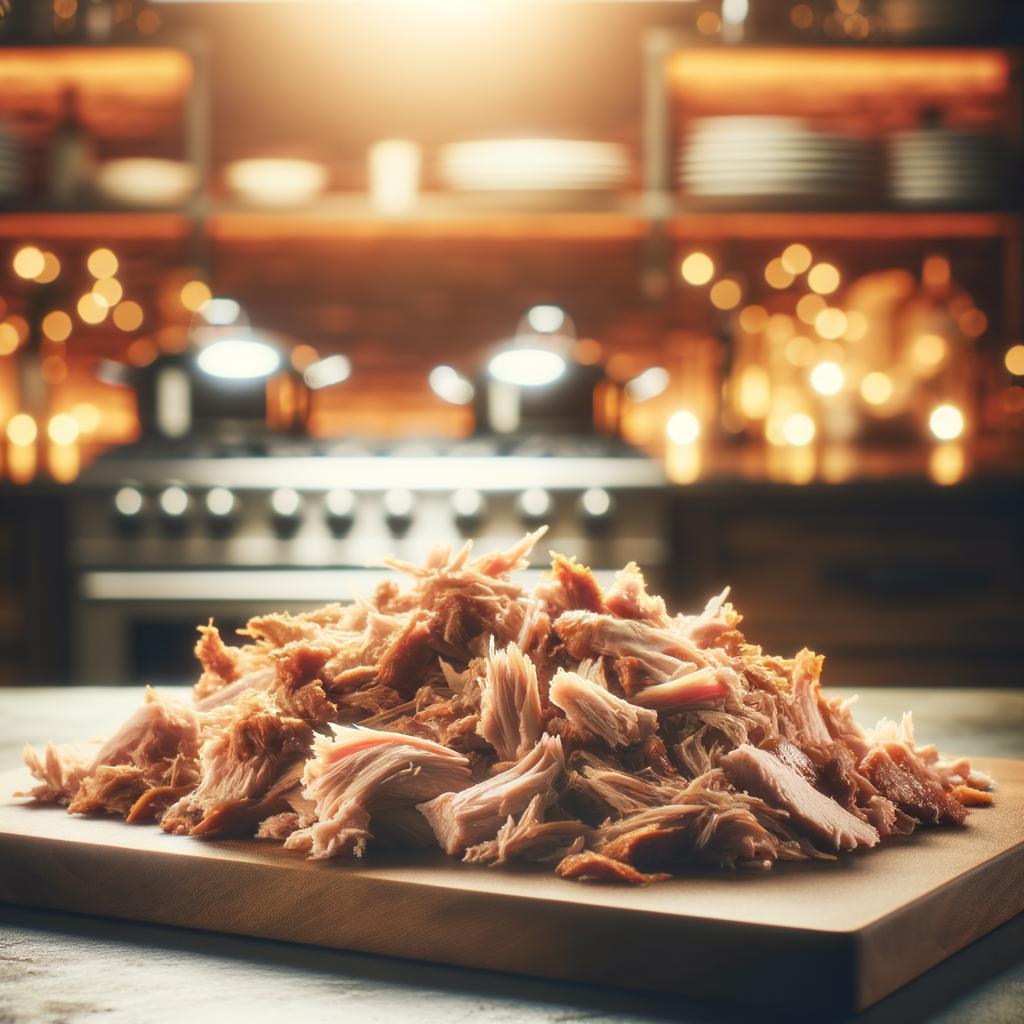Leftover Meat

Description
Leftover meat, the unsung hero of the culinary world, is a versatile ingredient that is often overlooked. It comes in a myriad of forms, from slices of succulent roast beef to chunks of tender chicken, or even slivers of crispy bacon. The appearance of leftover meat depends greatly on its origin, but it always carries a certain rustic charm, a testament to a meal well enjoyed. Its texture can range from tender to firm, and its flavor profile is rich and savory, often enhanced by the seasoning and cooking techniques used in its initial preparation. A unique characteristic of leftover meat is its ability to absorb flavors from accompanying ingredients over time, which can result in a deeper, more complex taste.
Primary Uses
Leftover meat is commonly used to add depth and heartiness to a variety of dishes. It can be used in salads, sandwiches, soups, stir-fries, and casseroles, making it a key component in a range of cuisines worldwide. It can also be repurposed into a filling for pies, a topping for pizzas, or even transformed into a flavorful stock. Beyond its culinary uses, leftover meat plays a significant role in reducing food waste, a pressing issue in today's society.
History
The use of leftover meat dates back to ancient times when food scarcity made it necessary to utilize every bit of food available. Over time, it has evolved from a necessity to a culinary trend, with chefs around the world creating innovative dishes using this humble ingredient. An interesting folklore associated with leftover meat is the creation of the sandwich. It is said that the 4th Earl of Sandwich, John Montagu, asked for his meat to be served between slices of bread to avoid interrupting his gambling game, thus giving birth to the sandwich, a popular destination for many a leftover meat.
Nutritional Information
The nutritional value of leftover meat is largely dependent on the type of meat used. However, it generally provides a good source of protein, essential for muscle growth and repair. It also contains various vitamins and minerals, including iron, zinc, and vitamin B12. In comparison to fresh meat, leftover meat retains most of its nutritional profile, although some vitamins may diminish slightly over time. It's important to note that while leftover meat can be a part of a balanced diet, moderation is key, especially for meats high in saturated fats.

